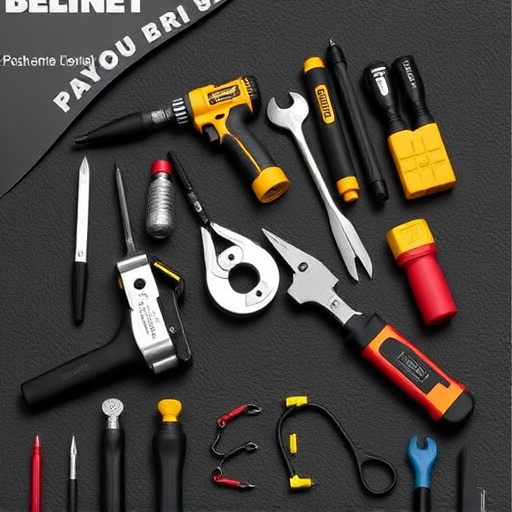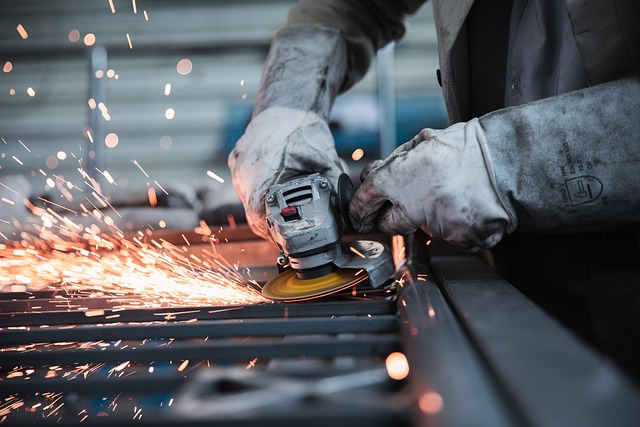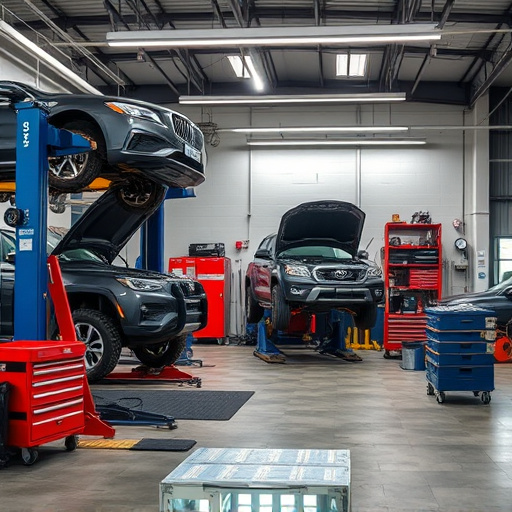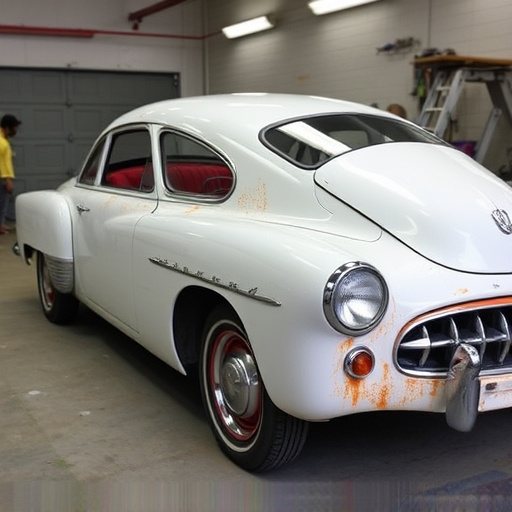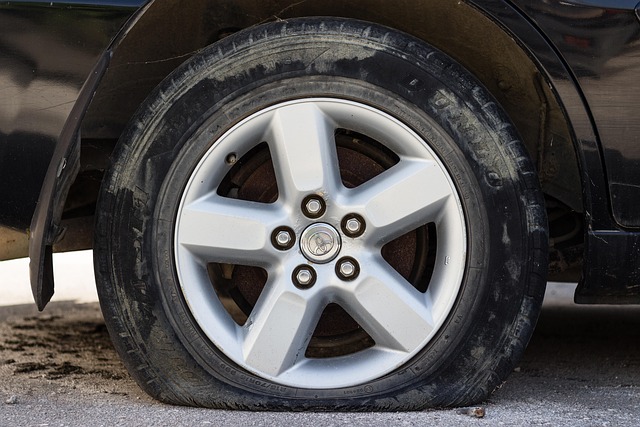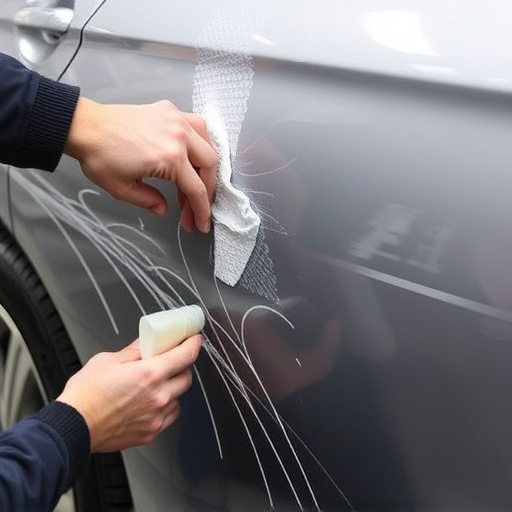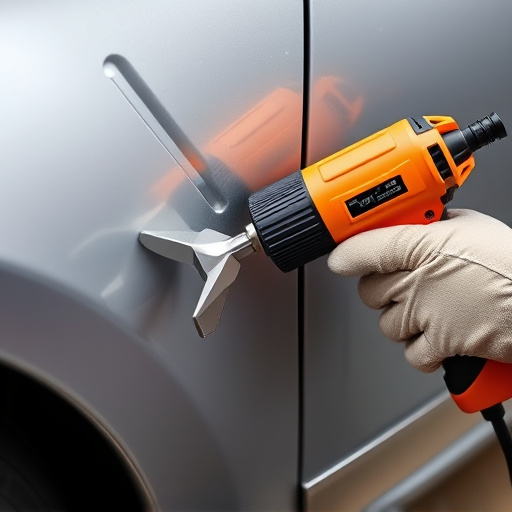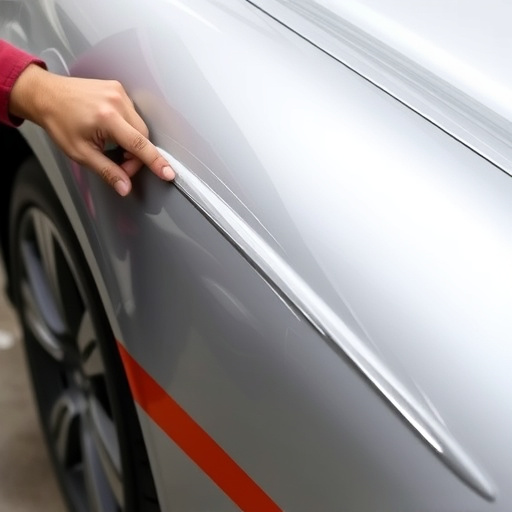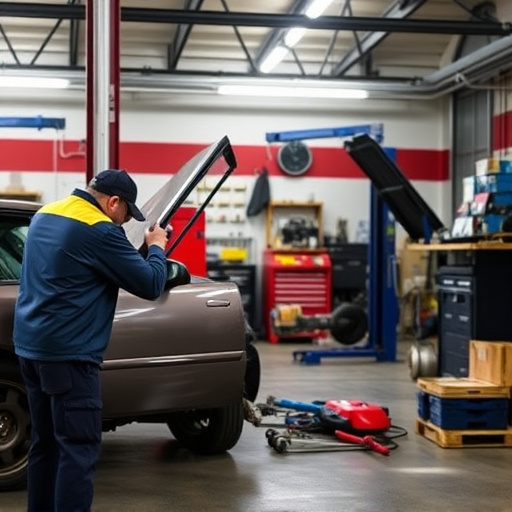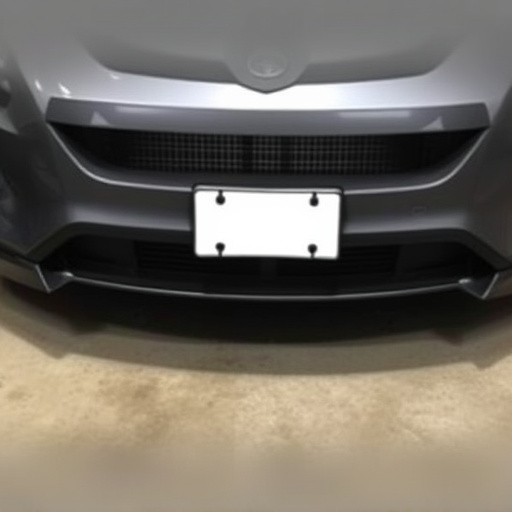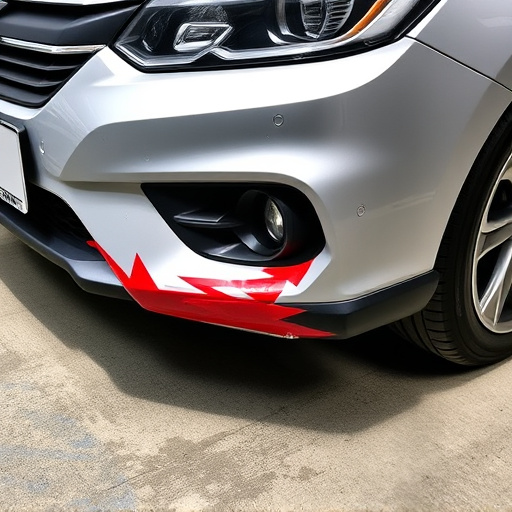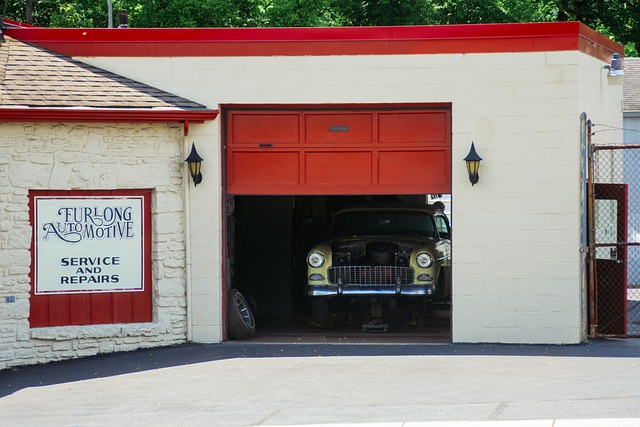The Collision Severity Scale (Level 1-5) guides auto professionals in assessing damage for seat repair after accidents. Impact severity affects upholstery, metal frames, and mechanical parts, dictating repairs from simple adjustments to complex frame and airbag replacements. Proper evaluation ensures tailored solutions, emphasizing the importance of seat condition in post-collision care. Strategies range from patching worn components to complete assembly replacements, with cost varying based on collision severity.
Collision severity, rated on a scale, significantly impacts the extent of seat repair needs. From minor dents to complete replacements, understanding this relationship is crucial for effective and cost-efficient repairs. This article delves into the effects of collision severity on various seat components, explores tailored repair strategies, and examines cost implications. By grasping these dynamics, auto body shops can efficiently navigate the process, ensuring optimal vehicle restoration and customer satisfaction.
- Understanding Collision Severity Scale
- Impact on Different Seat Components
- Effective Repair Strategies and Cost Considerations
Understanding Collision Severity Scale
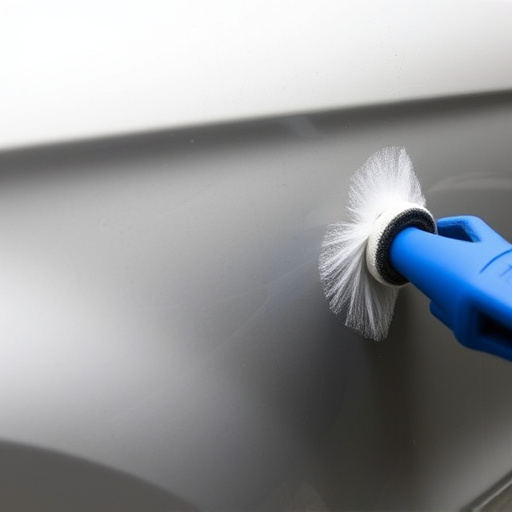
The Collision Severity Scale is a standardized system used by insurance companies and auto repair professionals to categorize the impact and damage caused during a car collision. This scale ranges from minor dents and scratches, classified as Level 1 damage, to severe crashes resulting in complete vehicle destruction, deemed Level 5. Understanding this scale is crucial for determining seat repair needs after an accident. Each level represents a distinct range of force and potential vehicle damage, affecting various components including the seating area.
Level 2 and higher collisions often involve significant force that can lead to complex seat repair requirements. These may include structural repairs to the frame, replacement of safety features like airbags, and extensive bodywork repairs, extending beyond just the visible surface to ensure structural integrity. Car collision repair specialists are trained to assess damage using this scale, enabling them to offer tailored car repair services for different severity levels. For minor fender benders, simple adjustments might suffice, while more severe accidents demand comprehensive vehicle bodywork solutions to restore the vehicle’s safety and aesthetic appeal.
Impact on Different Seat Components
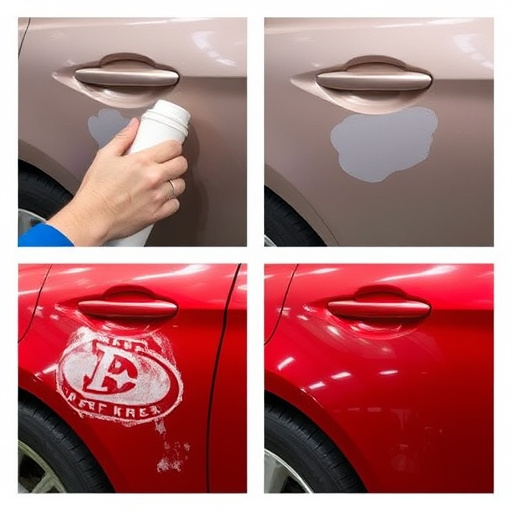
In a collision, the impact can vary significantly depending on the severity and angle, leading to different levels of damage across various seat components. The upholstery, often composed of fabric or leather, may sustain tears, rips, or discolouration, requiring professional car dent repair and replacement. More robust materials like metal frames and structural supports might bend or crack, necessitating precise automotive body work for restoration.
The impact can also affect the mechanics of the seat, such as the tracks, sliders, and locking mechanisms. Severe collisions may lead to misalignment or failure of these parts, underlining the need for thorough inspection and potential replacement during seat repair processes. Understanding how collision damage manifests across different seat components is crucial for determining the extent of repairs required in a collision center.
Effective Repair Strategies and Cost Considerations
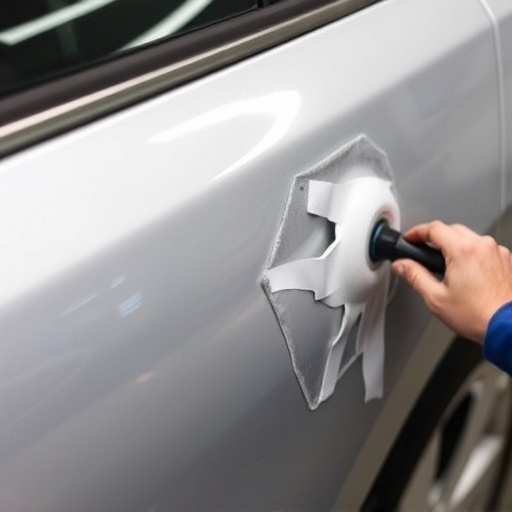
Effective repair strategies are pivotal when addressing collision damage to seats. The approach taken largely depends on the severity of the impact and the extent of the resulting seat damage, ranging from minor tears and stains to complete structural failure. For less severe cases, car bodywork services may involve simple techniques such as re-seating, replacing worn-out components, or applying specialized patches to repair holes and tears. These methods not only restore functionality but also ensure passenger safety by maintaining proper seating support during travel.
However, in more severe collisions where the seat framework is compromised, automotive repair becomes a more intricate process. This may necessitate complete replacement of the seat assembly, involving a range of specialized automotive repair skills. Cost considerations play a significant role here; while repairing minor damage might be relatively affordable, extensive seat replacements can significantly impact the overall vehicle repair bill. Thus, understanding collision severity is crucial for both determining the most effective repair strategies and managing associated costs effectively.
Collision severity plays a pivotal role in determining the extent of seat repair needs, with each level impacting different components. Understanding the collision severity scale is essential for accurately assessing damage, selecting effective repair strategies, and considering cost-efficient solutions. By prioritizing safety and quality, proper seat repair can ensure optimal performance and passenger comfort following a collision, minimizing both risks and expenses.
